Tarantulas don’t need or want large cages – they are used to tight burrows and retreats and can get lost in a large cage, unable to find their food and water. You also don’t need…



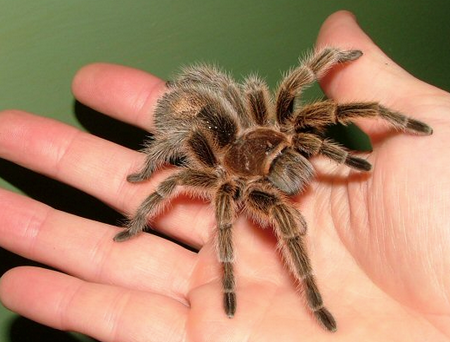
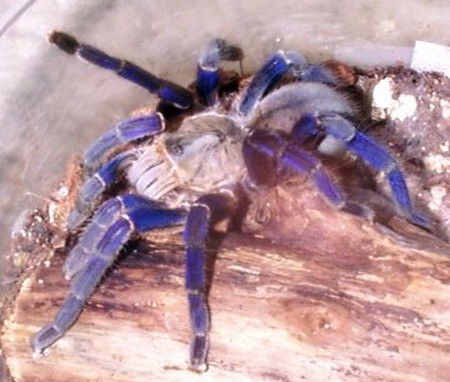
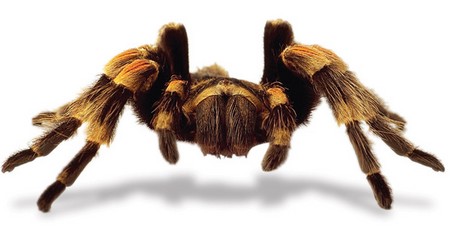
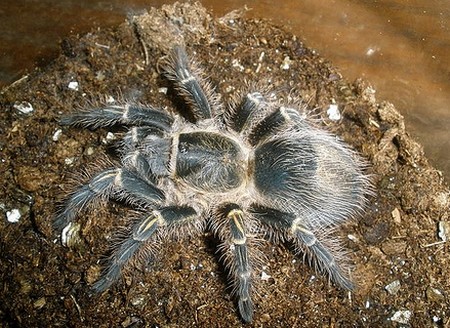
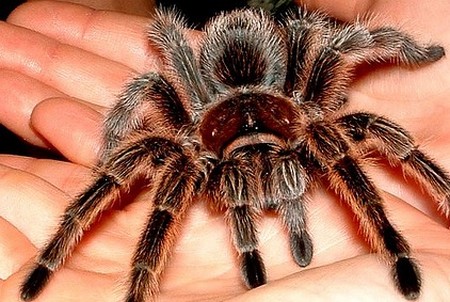
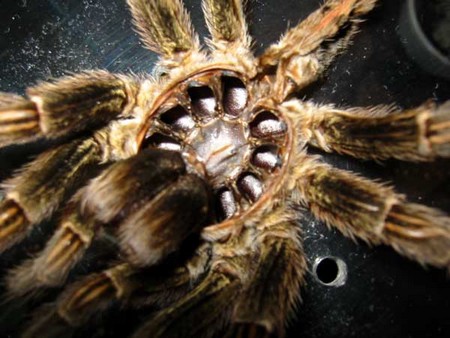
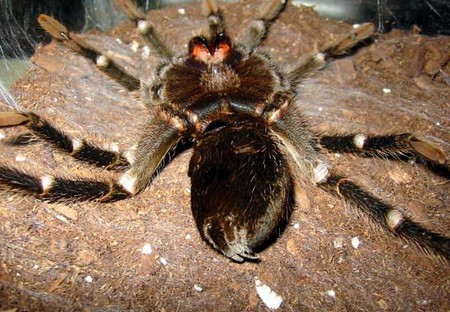
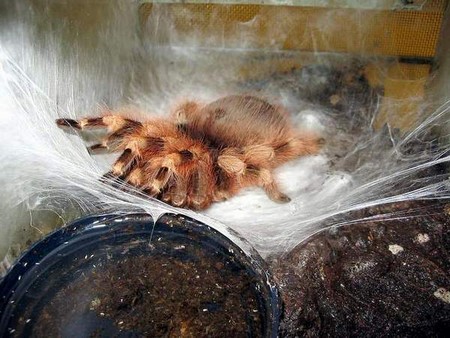
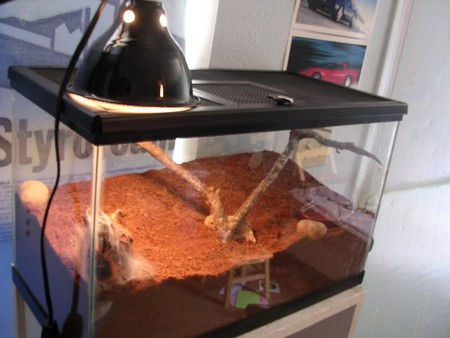
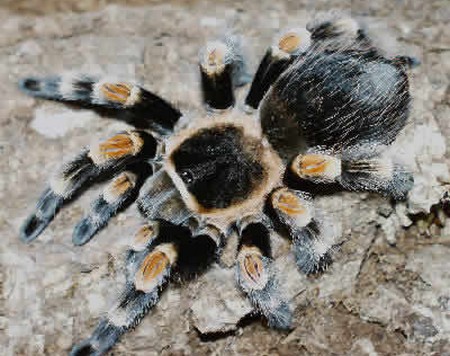

Tarantulas don’t need or want large cages – they are used to tight burrows and retreats and can get lost in a large cage, unable to find their food and water. You also don’t need…

If you buy a small spiderling, you probably are going to have to depend on the experience of the seller or breeder as to whether it is healthy or not. But if you are interested…
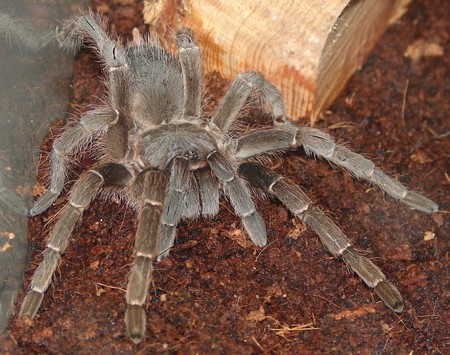
In nature, tarantulas live in stable environments that they rarely leave voluntarily except at night. A tarantula’s burrow serves to conserve moisture, and the placement of the burrow helps the tarantula regulate its temperature. By…
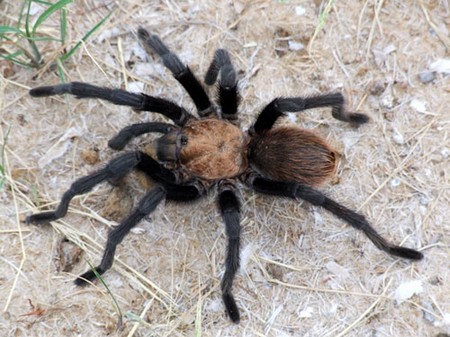
Identifying tarantulas is seldom straightforward; however, as the common species become more readily available as captive-bred specimens, there is less variation to be expected in a single species. Look first at the general appearance of…

Obviously, before you can breed your tarantulas, you need to have a male and a female. Getting a pair together can be tough with most tarantulas for several reasons. One problem is that males are…
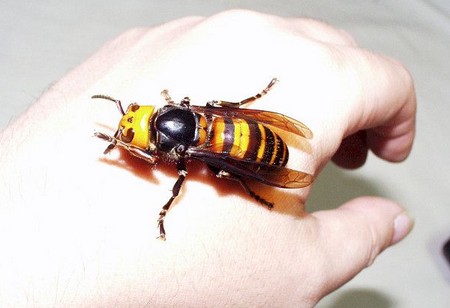
Like other animals, tarantulas carry an abundance of intestinal worms and other parasites that are part of their normal gut fauna and probably don’t harm them under unstressful conditions. Even captive-bred tarantulas undoubtedly have a…
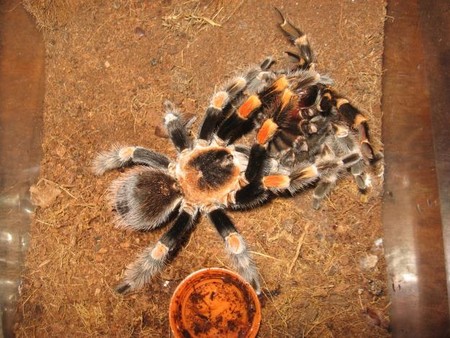
The care of spiderlings requires multitudes of small containers, usually glass or plastic vials or baby-food jars of about the same size for ease of handling. Fill each jar halfway with moist (but not wet)…
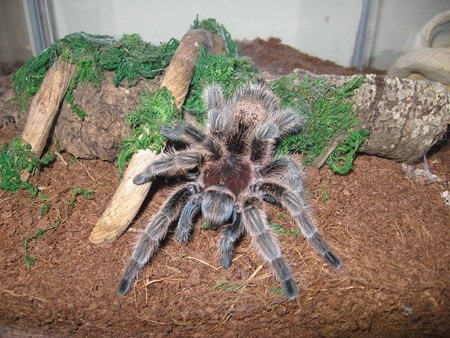
Though many substrates have been tried, the best without doubt is vermiculite. This is an inert mineral product made by heating the mineral mica, and it is widely used in horticulture. The main advantages of…
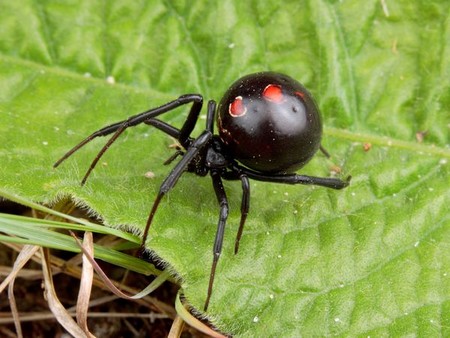
The many species of genus Latrodectus are known as the widow spiders and are best known in theUnited Statesas the black widows. In this country, the common species have very large, rounded abdomens that bear…
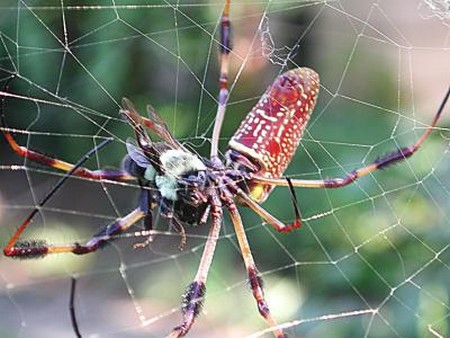
Some of the most beautiful spiders make up the family Araneidae, the orb weavers; they’re noted for building large webs in trees and shrubs and on houses, each web consisting of several circles of silk…